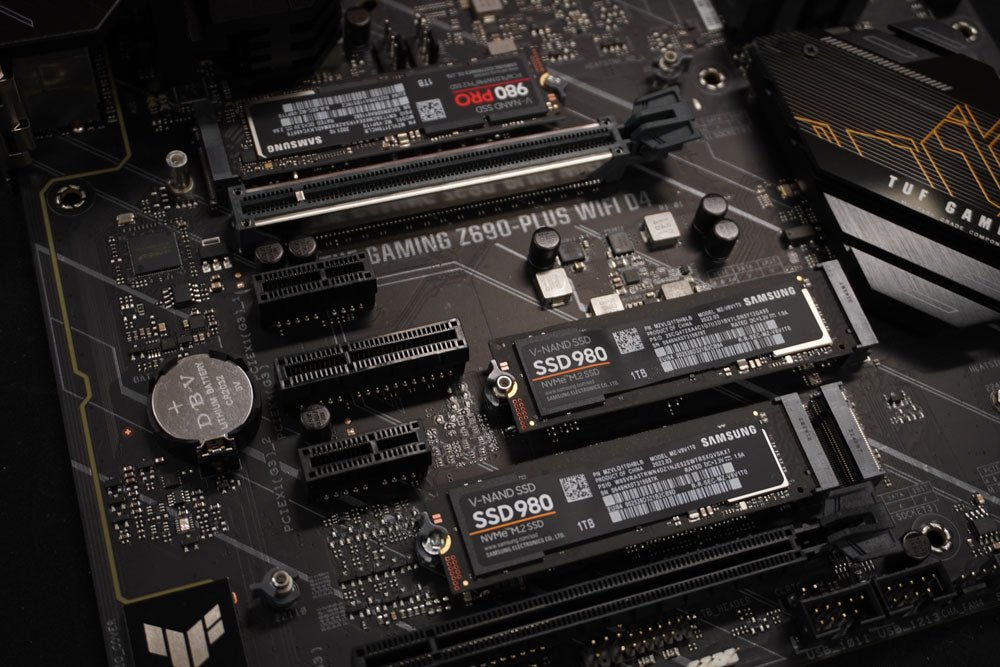A PC motherboard's BIOS (Basic Input/Output System) firmware is a small piece of software that runs every time you start up your computer. It serves as the interface between your computer's hardware components and its operating system, allowing your computer to boot up and operate properly.
BIOS firmware also provides a set of configurable settings that control various aspects of your computer's performance and behavior, such as the boot order of devices, CPU and memory clock speeds, and power management settings. These settings can be accessed and modified through the BIOS setup utility.
Updating your BIOS firmware can be beneficial in several ways. Newer BIOS versions may contain bug fixes, security patches, or performance optimizations that can improve your computer's stability, speed, and compatibility with newer hardware and software. Some BIOS updates may also add new features or support for new technologies.
However, updating your BIOS firmware can also be risky, as a failed update can potentially render your computer unbootable. Therefore, it is important to carefully follow the instructions provided by your motherboard manufacturer and to ensure that the update is compatible with your hardware and operating system.
BEFORE YOU CONTINUE - read through the full set of instructions below to ensure familiarity with the steps and concepts involved, then check the instruction manual for your motherboard for the exact process. The below is just a outline of the steps that involved and is not intended as exact instructions.
The procedure for updating BIOS firmware may vary depending on your motherboard model and manufacturer, but it generally involves the following steps:
-
Identify your motherboard model and current BIOS version: You can usually find this information by checking your motherboard manual or by running a system information tool like CPU-Z.
-
Download the BIOS update file: Most motherboard manufacturers provide BIOS updates on their website, along with instructions and release notes - See the bottom of this page for links to common manufacturers.
-
Prepare a bootable USB drive: Some BIOS updates may require you to boot from a USB drive or other external media. Follow the manufacturer's instructions for creating a bootable drive and copying the BIOS update files onto it.
-
Enter the BIOS setup utility: Restart your computer and enter the BIOS setup utility by pressing a specific key (usually Del, F2, or F10) during the boot process.
-
Perform the update: Follow the manufacturer's instructions for updating your BIOS firmware. This typically involves selecting the BIOS update file from the bootable drive and confirming the update process.
-
Reboot and test: Once the update is complete, restart your computer and verify that it boots up properly. You may also need to reconfigure some BIOS settings to match your preferences and hardware configuration.
In summary, updating your BIOS firmware can provide several benefits for your computer's performance and compatibility, but it should be done carefully and only when necessary. Always follow the manufacturer's instructions and make sure to backup your important data before attempting any firmware updates.
Motherboard Firmware Download Links:

Share:
What does "Lifetime Tech Support" mean?
How to identify your Motherboard